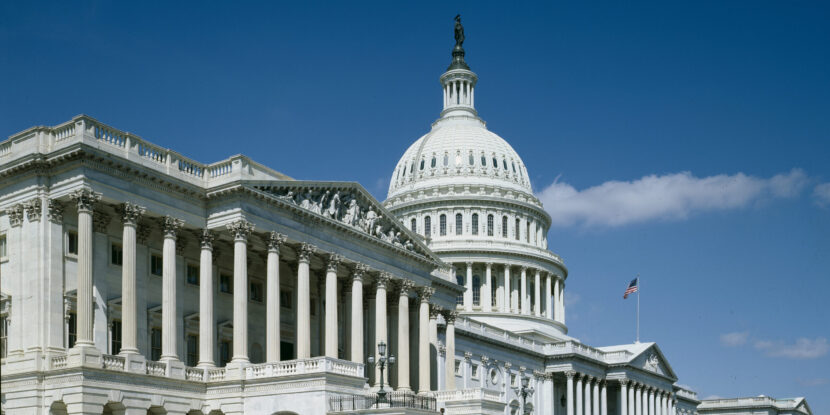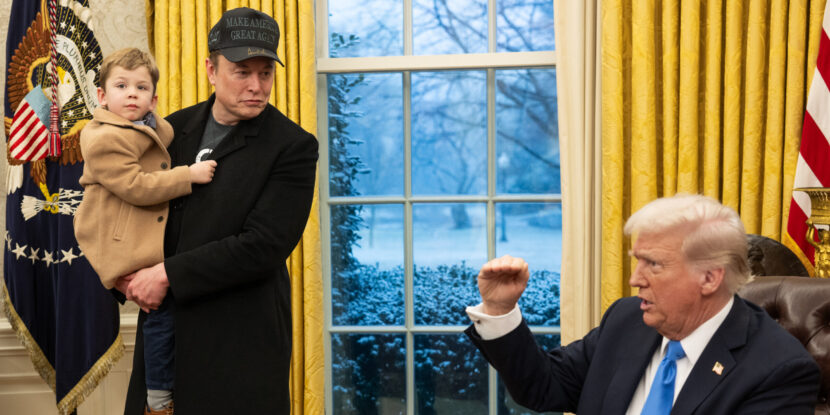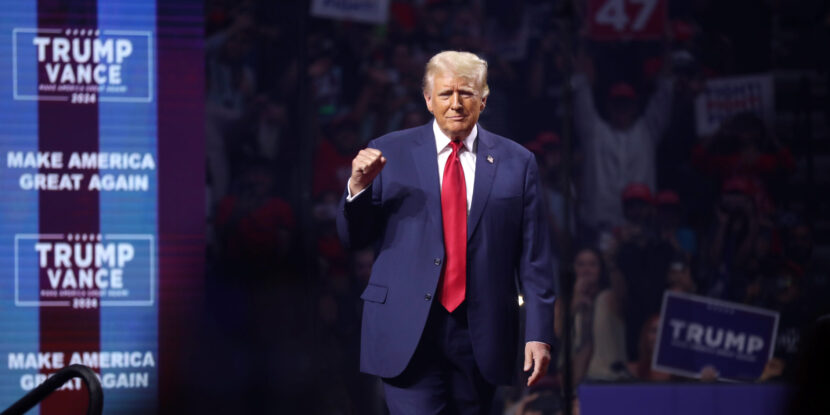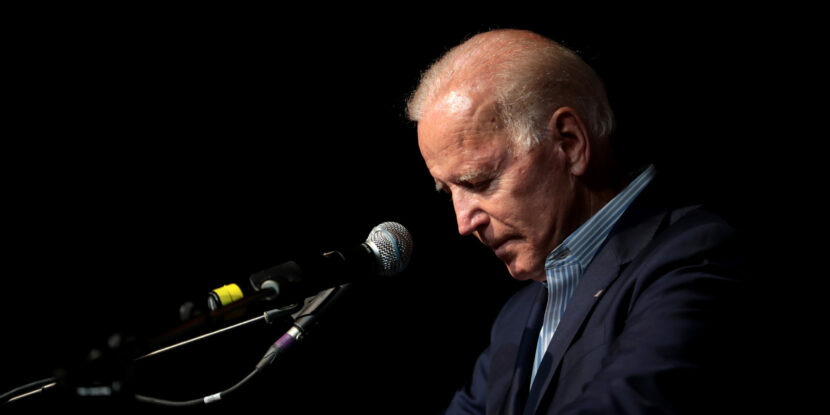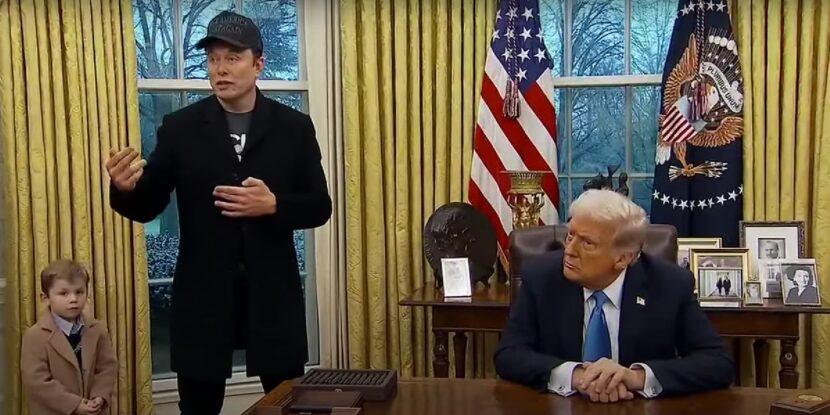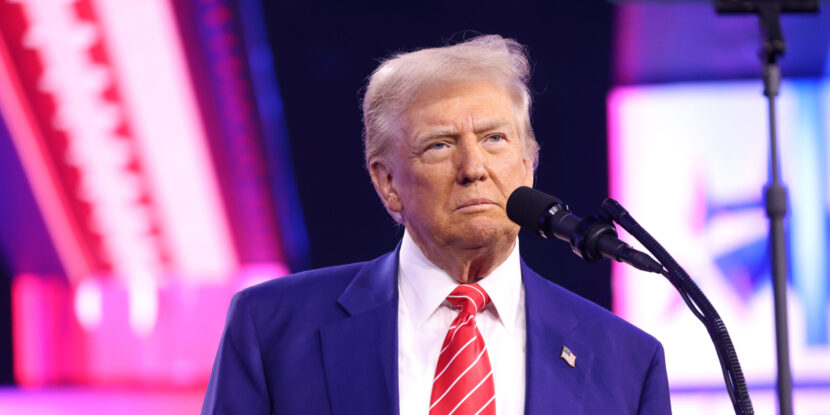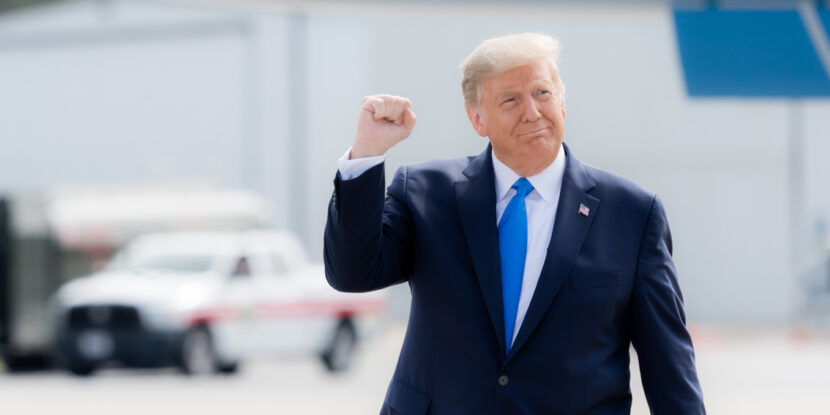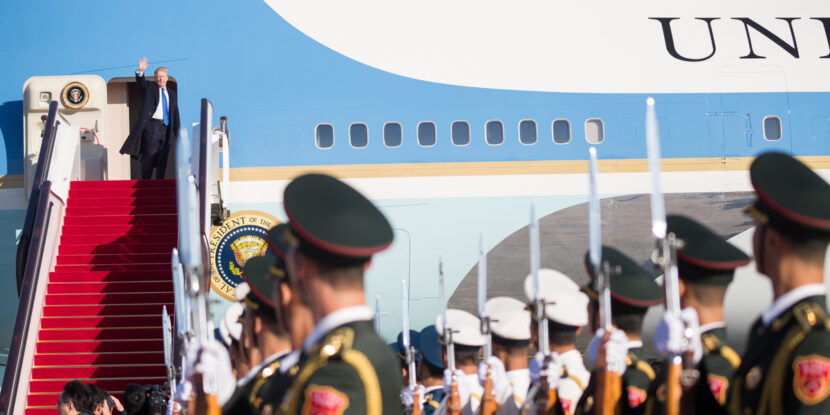Republicans in the U.S. Senate advanced the first part of their two-pronged budget plan early Friday morning after 10 hours of votes on amendments. The legislation, with a price tag of $340 billion to fund President Donald J. Trump‘s agenda, does not include an extension of Trump’s 2017 tax cuts, which the Senate intends to take up as a separate bill. This two-bill approach has been a sticking point for President Trump, who has said he prefers the House of Representatives’ plan to pass the budget and the tax cuts extension in one large budget reconciliation bill.
Notably, Senator Rand Paul (R-KY) was the only Republican to vote against the measure, which passed on a near-partisan vote, 52-48. The Senate budget plan will likely face opposition in the House of Representatives, which plans to introduce its own budget resolution next week.
“This budget resolution is a complete game changer when it comes to securing our border and making our military more lethal. It will allow President Trump to fulfill the promises he made to the American people—a very big deal,” Senate Budget Committee Chairman Lindsey Graham (R-SC) said in a statement released just after 5 AM on Friday.
While Trump has vocally backed the House’s single-bill budget plan, the President does appear to be open to the Senate’s two-bill approach, praising Senate Majority Leader John Thune (R-SD) in a post on Truth Social shortly before the grueling Thursday night and Friday morning vote series began. “Thank you to Majority Leader John Thune, and the Republican Senate, for working so hard on funding the Trump Border Agenda,” Trump wrote, adding: “Your work on funding this effort is greatly appreciated!”
show less